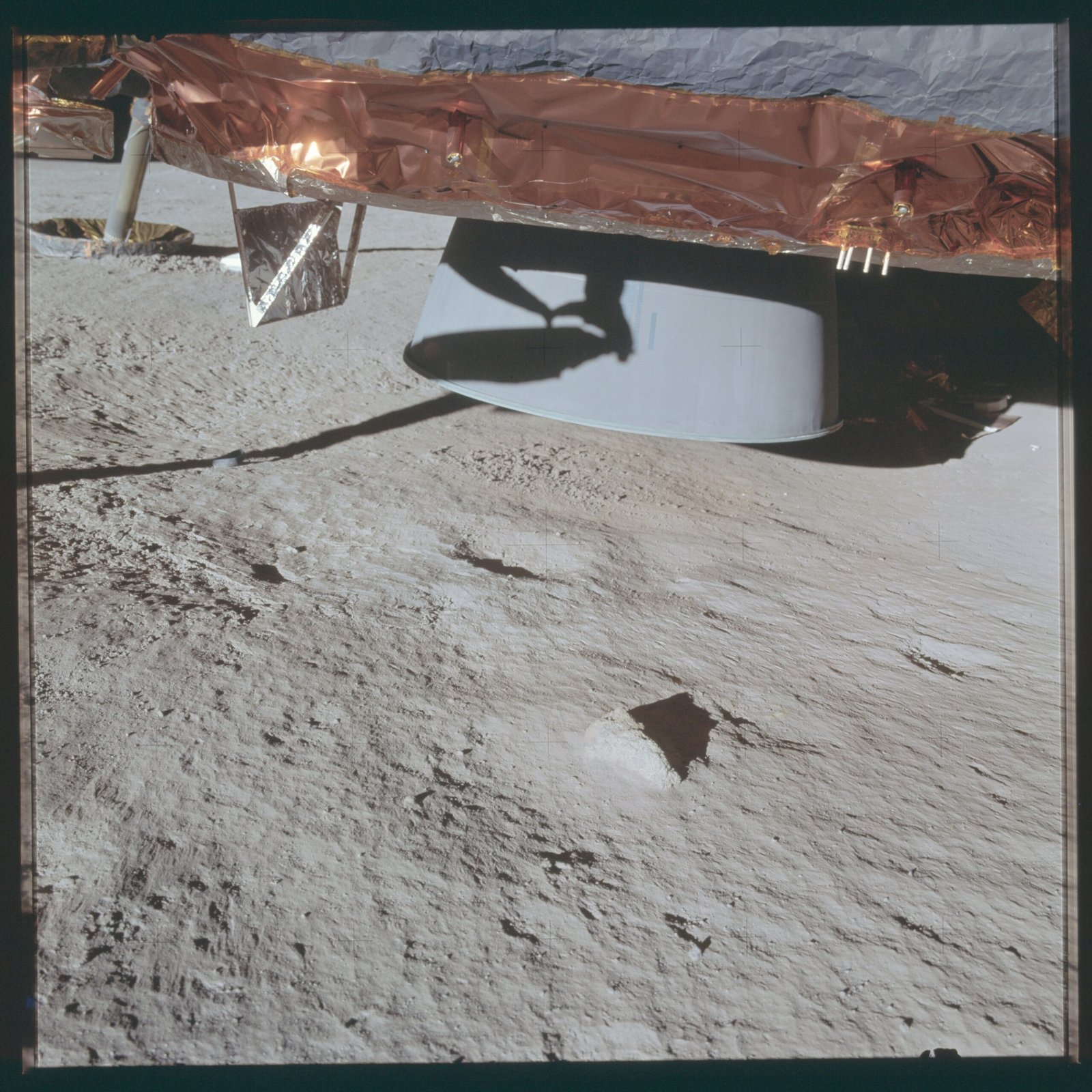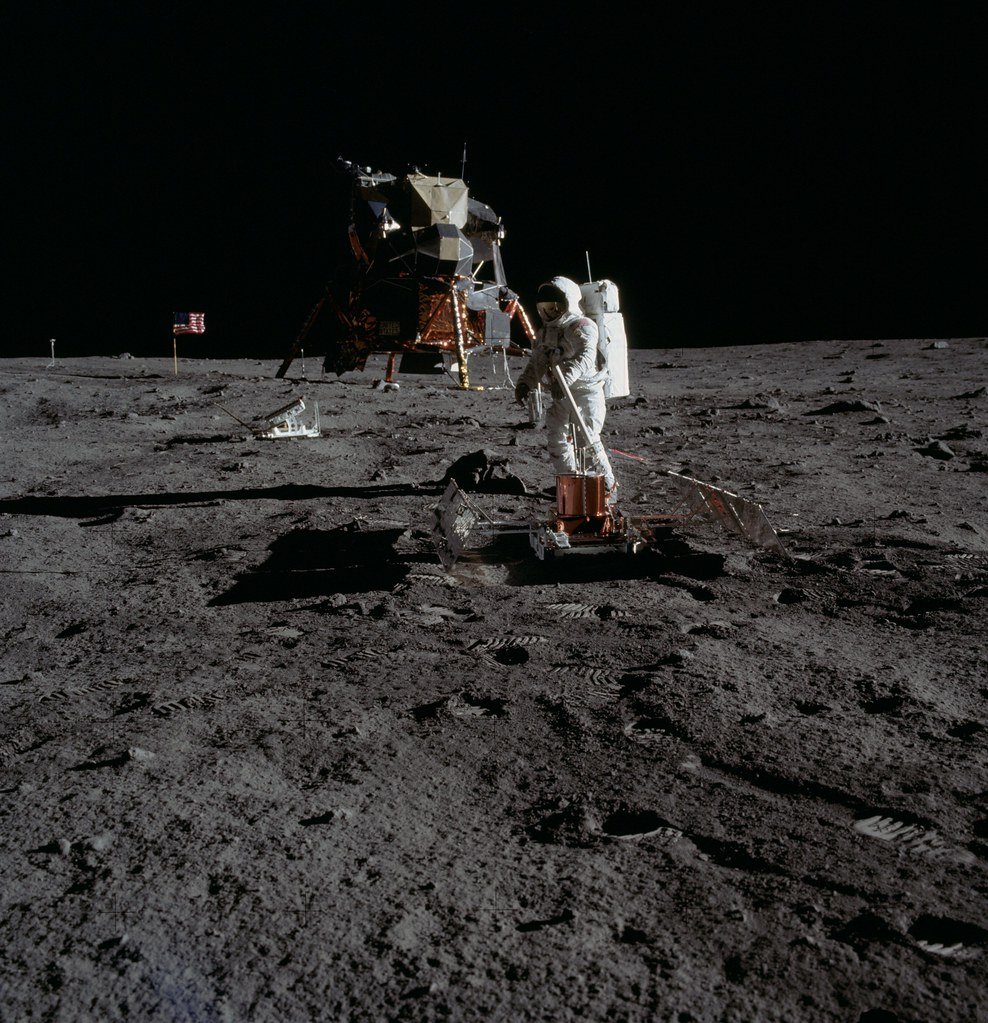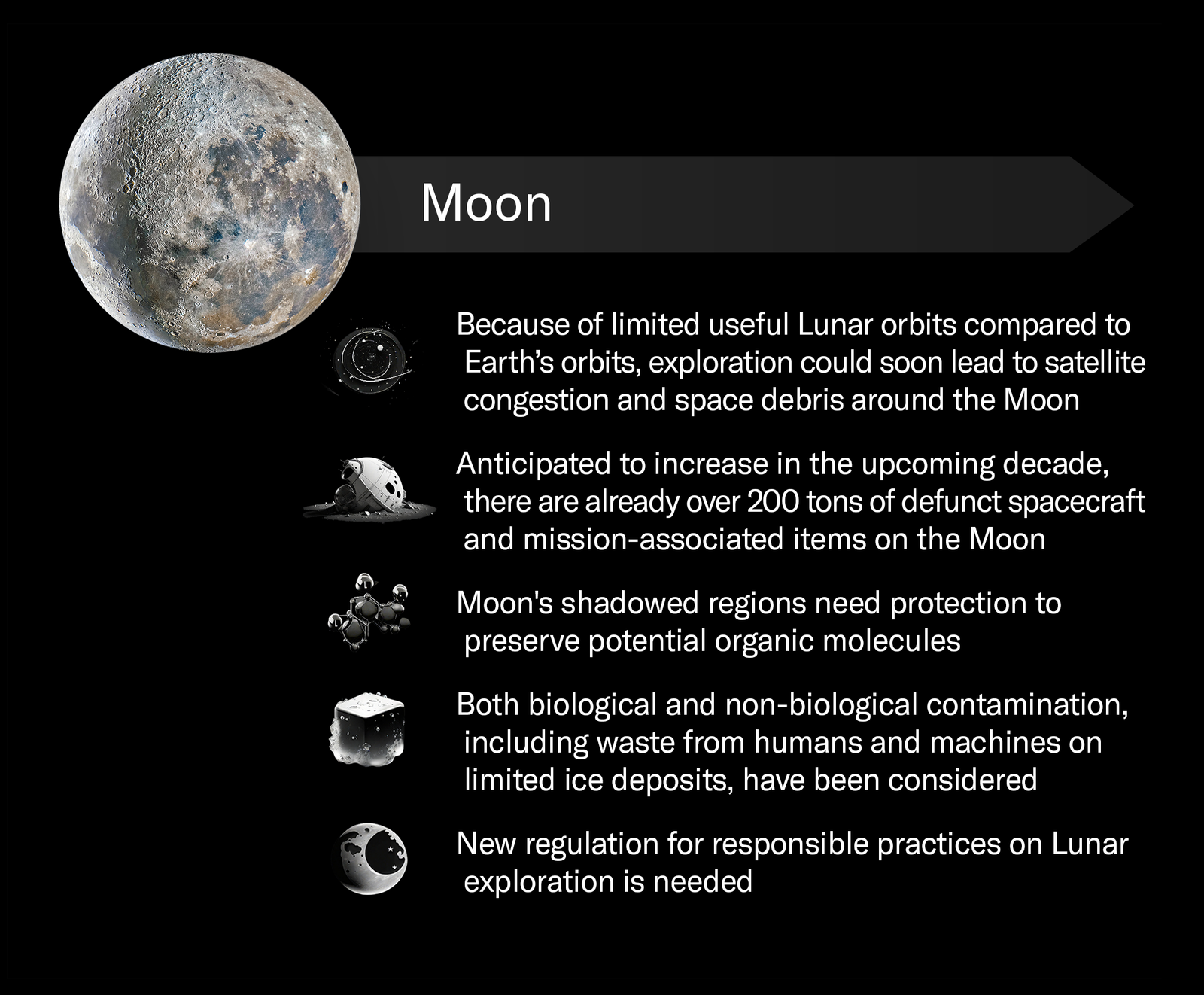The Moon, silent and silver above us, has been a symbol of mystery and inspiration for as long as humans have gazed up at the night sky. Yet, even now, in 2025, with all our telescopes, satellites, and robotic explorers, the Moon keeps revealing secrets that boggle the mind. Just when scientists think they’ve got the lunar landscape figured out, a new discovery shatters old assumptions—whether it’s shimmering traces of water, the relentless bombardment of micrometeorites, or the strange, powdery surface known as regolith. What is it about our nearest celestial neighbor that keeps surprising us? Let’s dive deep into the Moon’s most astonishing features and unlock the reasons why it still captivates our curiosity.
The Unexpected Presence of Moon Water

For decades, the Moon was seen as bone-dry—a dusty desert adrift in space. But the discovery of water molecules on the lunar surface sent shockwaves through the scientific world. Water was first detected in lunar soil samples returned by Apollo missions, but it was only in recent years, with new instruments on lunar orbiters and telescopes, that scientists confirmed water is more widespread than once imagined. What’s remarkable is that this water isn’t just locked in deep craters; it’s scattered across sunlit regions as well, hidden in the thin upper layers of dust. The presence of water changes everything: it could someday help astronauts survive and even fuel rockets for missions deeper into space. This revelation also forces us to rethink how water forms and survives on airless worlds.
Micrometeorites: The Moon’s Relentless Sculptors

Imagine tiny bullets, each smaller than a grain of sand, raining down on the Moon’s surface every moment of every day. These are micrometeorites—minuscule rock and metal fragments that travel at incredible speeds, striking the lunar ground with explosive force. Over billions of years, these impacts have shaped the Moon’s face, pulverizing rocks into dust and creating a never-ending cycle of destruction and renewal. Unlike Earth, the Moon has no atmosphere to protect it, so it bears the full brunt of these cosmic collisions. Every micrometeorite impact leaves a mark, making the Moon’s surface a living record of the solar system’s violent history. This continuous bombardment also releases hidden gasses and may even contribute to the creation of new water molecules.
Regolith: The Moon’s Powdery Blanket

If you could scoop up a handful of lunar soil, you’d be holding regolith—a mix of dust, crushed rock, and tiny glass beads. Regolith covers the Moon’s surface to depths of several meters in some places, and it’s nothing like the soil we know on Earth. It’s dry, sharp-edged, and clings stubbornly to anything it touches. Created by eons of meteorite impacts, this powdery layer poses challenges for astronauts and machinery, gumming up joints and clogging filters. Yet, regolith is also a scientific goldmine, preserving clues about the early solar system and the Moon’s own turbulent history. It’s the Moon’s memory foam, recording every impact, every solar flare, and every faint trace of water.
Permanently Shadowed Regions: Cold Traps for Water

At the Moon’s poles, there are craters so deep and steep that sunlight never touches their floors. These “permanently shadowed regions” are among the coldest places in our solar system, with temperatures plunging below -250 degrees Fahrenheit. Here, water molecules delivered by comets or created by solar wind can survive for billions of years, frozen solid in the darkness. Scientists suspect that these cold traps may hold vast reserves of ice—enough, perhaps, to support future lunar colonies. NASA’s recent robotic missions have confirmed the presence of ice in these shadowy craters, sparking visions of astronauts harvesting lunar water for drinking, breathing, and even rocket fuel.
The Moon’s Ever-Changing Surface

It’s easy to think of the Moon as static—a dead world where nothing ever changes. But nothing could be further from the truth. The lunar surface is in constant flux, shaped by impacts, temperature swings, and even subtle seismic activity known as “moonquakes.” These changes happen slowly compared to the bustling activity on Earth, but over time, they add up. Rocks split apart in the heat and cold, new craters form, and old ones erode under the relentless hail of micrometeorites. Even human footprints left by Apollo astronauts are gradually being erased, showing that time never truly stands still—even on the Moon.
Hidden Volcanism: Ancient Fire Beneath the Dust

Beneath the Moon’s tranquil exterior lies a story of ancient fire and fury. Billions of years ago, the Moon was a world of erupting volcanoes and flowing lava. The dark patches we see from Earth—called “maria”—are vast plains of solidified basalt, formed by enormous volcanic eruptions. Recent discoveries suggest that volcanic activity may have lasted longer than once thought, with evidence of lava flows as young as 100 million years old. Some scientists even speculate that the Moon could still harbor traces of volcanic heat deep below its surface. These findings challenge our understanding of how planets and moons cool and evolve over time.
Lunar Swirls: The Moon’s Cosmic Graffiti

Scattered across the Moon’s surface are strange, bright patterns known as “lunar swirls.” These swirling shapes look like cosmic graffiti, twisting and looping across the dusty plains. No one knows exactly how they formed, but they’re often associated with mysterious magnetic fields—far stronger than anything nearby. Some scientists believe that these swirls are caused by solar wind particles interacting with magnetic anomalies just beneath the surface, creating patches of dust that are lighter and less weathered. Whatever their origin, lunar swirls are one of the Moon’s most visually stunning and baffling features.
Space Weathering: How the Moon Ages

Unlike Earth, the Moon has no atmosphere to shield it from the harshness of space. Over time, solar radiation and streams of charged particles—known as the solar wind—bombard the lunar surface, changing the chemistry of rocks and soil. This process, called “space weathering,” causes the Moon’s surface to darken and lose its youthful sparkle. It also creates tiny iron particles that make lunar soil magnetic. Space weathering is a slow but relentless process, blurring the line between old and new, and giving the Moon its distinctive gray, haunting beauty.
Transient Lunar Phenomena: Flickers in the Night

For centuries, astronomers have reported strange flashes, glows, and mists on the Moon—brief events known as “transient lunar phenomena.” These mysterious flickers have sparked wild theories, from volcanic eruptions to alien activity. Today, scientists think most of these events are caused by outgassing—bursts of gas escaping from cracks in the Moon’s crust—or by impacts from meteoroids. High-tech cameras and sensors now monitor the lunar surface in real time, hoping to catch these fleeting moments and uncover their secrets. The fact that the Moon can still surprise us with such unpredictable displays is a testament to its dynamic nature.
The Solar Wind: An Invisible Sculptor

Without an atmosphere or magnetic field, the Moon is exposed to the full force of the solar wind—a constant stream of charged particles from the Sun. This invisible sculptor does more than just weather the surface; it can actually implant hydrogen atoms into the regolith. When these atoms interact with oxygen in lunar minerals, they can help create water molecules—a process happening right under our noses. The solar wind also charges the lunar surface with static electricity, making dust particles levitate and cling. It’s a reminder that even the emptiness of space is alive with invisible forces, always at work.
Cosmic Rays and Lunar Chemistry

The Moon’s exposure to cosmic rays—high-energy particles from deep space—leads to some fascinating chemistry. These rays slam into the surface, breaking apart atoms and molecules, and creating rare elements like helium-3. This isotope is extremely rare on Earth but relatively abundant in lunar soil, and some dreamers believe it could be used as a clean fuel for future fusion reactors. Cosmic ray bombardment also helps scientists study the age and history of the Moon, acting as a natural clock that tracks how long the surface has been exposed to space.
Lunar Caves and Lava Tubes: Hidden Habitats

Beneath the Moon’s scarred surface, there may be vast caves and lava tubes—tunnels left behind by ancient volcanic flows. These hidden chambers could stretch for miles, shielded from cosmic radiation and extreme temperatures. Scientists are excited by the possibility that these natural shelters might one day serve as bases for astronauts or even house robotic laboratories. Exploring these underground spaces could reveal untouched records of the Moon’s geologic past, preserved in darkness for billions of years.
Mysteries of the Lunar Far Side

The far side of the Moon, forever hidden from Earth’s view, is a place of deep craters, ancient highlands, and enigmatic features. Recent missions have landed probes and rovers on this mysterious hemisphere, uncovering differences in composition and history compared to the near side. The far side is also remarkably quiet, shielded from the radio chatter of Earth, making it an ideal site for future space telescopes. Each new image and sample from the lunar far side adds another layer to the Moon’s enigmatic story.
Lunar Magnetism: Remnants of an Ancient Dynamo

While the Moon lacks a global magnetic field today, evidence shows that it once had a strong, protective magnetic shield—much like Earth’s. Magnetic rocks collected by Apollo astronauts hint at a long-gone lunar “dynamo,” powered by a molten core. This ancient magnetism may explain the preservation of delicate features like lunar swirls and could have played a role in protecting the Moon’s surface from solar wind in its youth. Understanding the rise and fall of the Moon’s magnetic field gives scientists new clues about planetary evolution across the solar system.
The Surprising Diversity of Lunar Rocks

One of the most astonishing discoveries from lunar missions is the sheer variety of rocks and minerals found on the Moon. From ancient anorthosites in the highlands to dark, iron-rich basalts in the maria, each rock tells a different chapter of the Moon’s story. Some contain tiny glass beads formed by volcanoes or impacts, while others hold clues to the Moon’s distant, fiery beginnings. Studying these rocks isn’t just about lunar history—it’s about understanding the building blocks of planets everywhere.
Polar Volatiles: More Than Just Water

While water ice steals the headlines, recent missions have found evidence for a cocktail of other volatile compounds in the Moon’s polar regions. These include ammonia, methane, and carbon dioxide, all likely delivered by comets and asteroids over billions of years. These chemicals could open new possibilities for in-situ resource utilization, allowing future explorers to create air, fuel, and fertilizer right on the Moon. The presence of these volatiles hints at a much more complex and dynamic lunar environment than anyone expected.
Dust Devils and Electrostatic Wonders

On Earth, dust devils swirl across deserts driven by wind and temperature. On the Moon, there’s no air, yet dust can still move—thanks to the strange effects of electrostatic charging. During lunar sunrise and sunset, the changing angle of sunlight causes dust particles to levitate and dance across the surface like tiny ghosts. Astronauts have reported seeing a “horizon glow,” possibly caused by this levitating dust. Understanding these electrostatic effects is crucial for designing equipment that can survive and work in the harsh lunar environment.
Biological Contamination: Human Footprints and Future Concerns

When Apollo astronauts walked on the Moon, they left more than just footprints—they brought tiny hitchhikers: microbes from Earth. While the Moon’s hostile conditions make survival unlikely, scientists are keenly aware of the risks of biological contamination. As new missions prepare to return humans and even establish lunar habitats, preventing the spread of earthly life will be a top priority. The Moon is both a pristine laboratory and a testbed for our ability to explore responsibly.
Moonquakes: The Moon’s Subtle Tremors

It might surprise you to learn that the Moon “quakes” too—though not quite like Earth. Seismometers left by Apollo astronauts revealed that the Moon experiences several types of quakes, some triggered by tidal forces from Earth, others by meteorite impacts, and a few from deep within its interior. Some of these quakes can last for hours, rattling the surface and shifting rocks. Studying moonquakes helps scientists probe the structure of the lunar interior and assess the stability of potential sites for future bases.
The Moon’s Role in Future Exploration

With water, minerals, and unique features waiting to be explored, the Moon is once again the focus of ambitious plans. NASA’s Artemis program aims to land the first woman and the next man on the Moon, setting the stage for a new era of lunar science. Private companies and international partners are racing to develop technologies for mining, building, and living on the lunar surface. The Moon is more than a stepping stone—it’s a destination in its own right, full of surprises and possibilities. The coming years promise to reveal even more lunar wonders.

